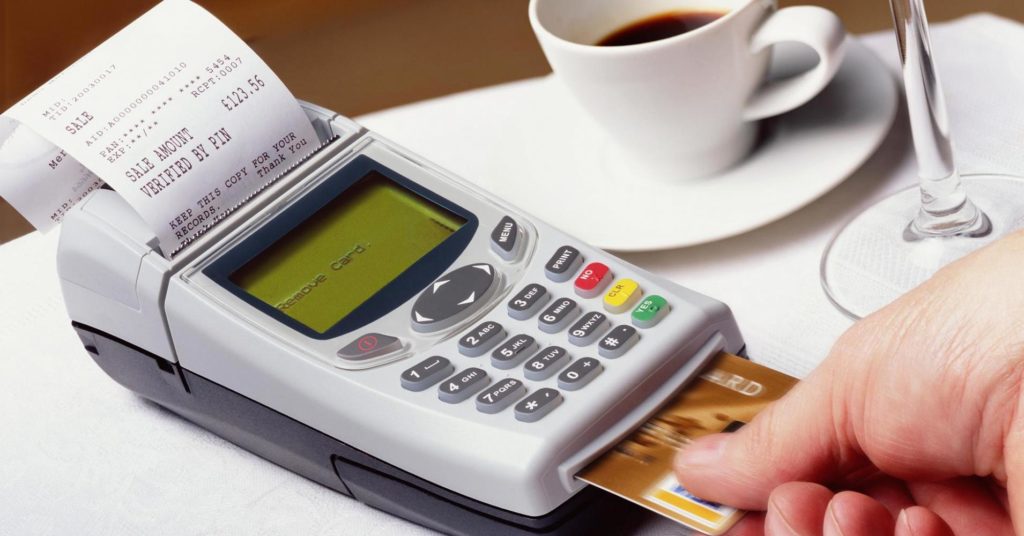
You only get a sign-up bonus once, but it can still be an important factor to consider when deciding on a new credit card, especially if you want to maximize your earnings that first year. While some cards’ bonuses are easy to qualify for but don’t offer much, others require you to spend a lot of money right away and promise a lot in return.
To determine which cash back card offers the best sign-up bonus overall, CNBC Make It analyzed the most popular cash back offers in the U.S. Using a sample budget based on spending data from the Bureau of Labor Statistics, we estimated how much money each card would save you after five years, adding up bonuses and cash back rewards while deducting annual fees. We also considered other characteristics that could set a card apart, such as interest rates and introductory offers.
Based on the data, here is our choice for the best cash back card if you care about a big sign-up bonus.
Our pick for the cash back card with the best sign-up bonus
The Discover It’s bonus offer is to match all the rewards you earn your first year. That means you essentially double whatever you bring in from 5 percent cash back offers in various rotating categories plus 1 percent on all other purchases.
Some of those categories are enticing, too. In the fourth quarter of 2018, users will save on purchases they make on Amazon.com and select wholesale clubs. Other quarters reward typical spending, including purchases at gas stations, grocery stores and restaurants.
There is a $1,500 cap each quarter on the category earning 5 percent cash back, but the 1 percent on other purchases is unlimited, so your cash back doesn’t max out at $300 a year (5 percent of $6,000). That means your bonus does not, either.
By contrast, most top cash back cards offer a flat-rate sign up bonus, ranging from $100 to $200 as long as you spend enough to qualify. The Chase Freedom, for example, our choice for the best cash back card overall, promises a bonus of $150 as long as you spend $500 in the first three months. American Express’ Blue Cash Preferred bonus, meanwhile, comes out to $200 as long as you spend $1,000 in that time.
There are some non-cash back cards that have better bonus offers, like premium travel cards. The Chase Sapphire Reserve, for instance, guarantees 50,000 bonus points to users who spend $4,000 on their card in the first three months from opening their account. That comes out to roughly $750 when redeemed for travel. And some branded airline and hotel cards offer point bonuses that can be redeemed for even more.
But among cash back cards, which are optimal for users looking to save on a wide variety of purchases and earn some extra money, the Discover It is your best choice for a big bonus.
It doesn’t charge a foreign transaction fee, so you won’t get dinged if you use it outside the U.S., and requires no annual fee. Its only drawback is that the bonus is not a guarantee. You need to spend and earn rewards to really benefit from it.
Cash back: 5 percent cash back bonus on quarterly rotating categories on up to $1,500 in purchases. 2018 category features include spending at gas stations, wholesale clubs, grocery stores, restaurants and Amazon; 1 percent on all other purchases
- Annual fee: $0
- Bonus: Discover matches all cash back the first year
- Introductory APR: 0 percent on purchases and transfers for first 14 months
- Variable APR: 13.49 to 24.49 percent based on your credit score
- Foreign transaction fee: None
- Estimated return after five years: $1,810
How we decided
To determine which cash back card offers the biggest bonus, CNBC Make It vetted highly rated cash back cards based on their cash back offers, introductory and eventual APRs, annual fees, bonuses, recommended credit scores, late fees, balance transfer fees, foreign transaction fees, redemption options and customer reviews.
We then estimated how much money each card would save the typical American after one year, two years and five years. We assume that most people want a great card that they can stick with for years, especially since bouncing from card to card can be bad for your credit score.
To estimate the return, we used expenditure data from the Bureau of Labor Statistics to make a sample budget broken down by average annual spending in categories like gas ($1,909), groceries ($4,049), dining out ($3,154) and general purchases ($10,529). The general purchase category includes shopping, entertainment, public transit and vehicle expenses other than gas.
The estimate incorporates bonuses and assumes you have a high credit limit and that you use your card for 90 percent of the purchases you make in these categories, accounting for instances where you have to use cash or shop somewhere that doesn’t accept your card.
Once we had our estimates, we then weighed cash returns against other factors including interest rates and fees, cash-back categories, practicality, bonuses and other perks.























